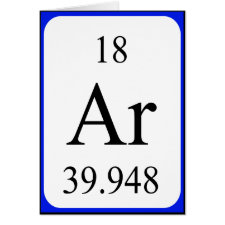
Authors: Anirudhan TS, Anju SM
Article Title: Synthesis and evaluation of TiO2 nanotubes/silylated graphene oxide-based molecularly imprinted polymer for the selective adsorption and subsequent photocatalytic degradation of 2,4-Dichlorophenoxyacetic acid.
Publication date: 2019
Journal: Journal of Environmental Chemical Engineering
Volume: 7
Issue: (5)
Article Number: 103355.
DOI: 10.1016/j.jece.2019.103355
Alternative URL: https://www.sciencedirect.com/science/article/pii/S2213343719304786
Abstract: 2,4-Dichlorophenoxyacetic acid (2,4-D) is one of the well-known commercial herbicides hailing from phenoxy family whose impulsive use becomes a serious threat to aquatic ecology and mankind. Herein we report a novel photocatalyst, TiO2 nanotubes/silylated graphene oxide-based molecularly imprinted polymer (SGOTNT@MIP) for the adsorption and photocatalytic degradation of 2,4-D using visible light. Initially, a TiO2/ silylated graphene oxide (SGOTNT) composite was synthesized in which surface molecular imprinting was done using 2- hydroxyethyl methacrylate (HEMA) and itaconic acid (IA) monomers and 2,4-D as template. AIBN and EGDMA were employed as initiator and crosslinker correspondingly. The synthesized SGOTNT@MIP photocatalyst was characterized using FTIR, SEM, EDS,TG, Raman and XRD techniques. Studies were done to evaluate the effects of various factors like pH, contact time, temperature, etc. on the adsorption process. The pH 2.5 was found to be the optimum pH for maximum adsorption. Experimental kinetic data revealed pseudo-second-order kinetics of adsorption. SGOTNT@MIP showed high selective adsorption rate than its structural analogue. The photocatalytic degradation studies exhibited first-order kinetics and maximum degradation was obtained at pH 4. The regeneration studies authenticated that the SGOTNT@MIP is an excellent probe for the removal and degradation of 2, 4-D from its effluent
Template and target information: 2,4-dichlorophenoxyacetic acid, 2,4-D
Author keywords: 2,4-D, molecularly imprinted polymer, TiO2 nanotubes, Silylated graphene oxide, Photocatalyst



Join the Society for Molecular Imprinting

New items RSS feed
Sign-up for e-mail updates:
Choose between receiving an occasional newsletter or more frequent e-mail alerts.
Click here to go to the sign-up page.
Is your name elemental or peptidic? Enter your name and find out by clicking either of the buttons below!
Other products you may like:
 MIPdatabase
MIPdatabase









